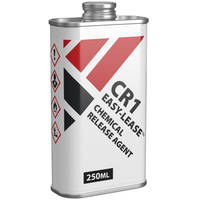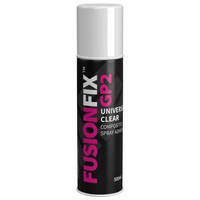Need any help or advice?+44 (0)1782 454499
USED IN THIS PROJECT
Although not necessarily an exhaustive list, the following tools and materials, supplied by Easy Composites, were used in this project.
The quantity shown below is the approximate amount used in the project rounded up to the nearest available kit size or quantity.
INFUSION EQUIPMENT & CONSUMABLES
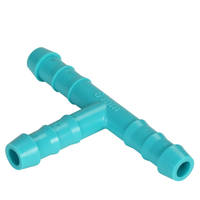
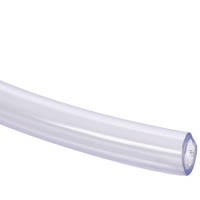
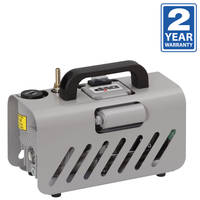

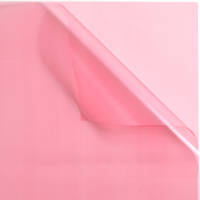

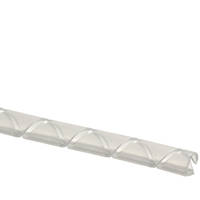





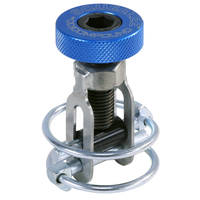
MATERIALS FOR THE BOAT
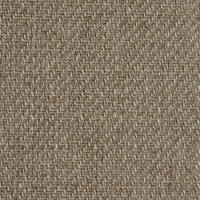
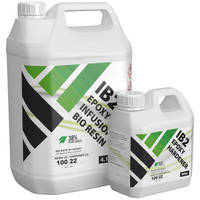

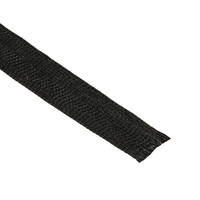
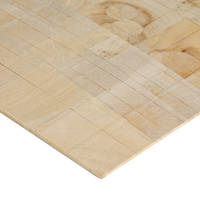
VIDEO TUTORIAL
Resin Infusion of a 16' Flax Fibre, Balsa and Bio-Resin Canoe
In this composites training video, we continue to explore the topic of more sustainable materials in composites by building a full scale (5m/16') adventure canoe, dubbed the 'Flaxplorer', using flax fibre, balsa wood and an epoxy bio resin using the resin infusion process.
The video focusses on the lamination and infusion of the flax and core but includes fitting out the boat with gunwales, seats and yoke to result in a beautiful, lightweight boat with a reduced environmental footprint.
What you will learn
- Establishing suitable layup with core materials based on cross section laminate
- Patterning for a symmetrical mould
- Preparing the edges of a core material with a chamfered edge
- Laying up the reinforcement and the requirements for flax infusion
- Where to position vacuum lines and resin feeds
- Running the infusion itself
- Coating with XCR and adding wear strips
INTRODUCTION
Introduction
With the ever-present push towards sustainability and reducing carbon footprint, this project blends the performance of composite engineering with natural materials to produce something that has the inherent properties of a composite construction and also naturally beautiful.
Natural fibres such as flax and hemp have been used as a natural textile for centuries and can be used as a sustainable alternative glass fibre and other reinforcement. The design of the balsa core material not only make is fantastic for resin infusion, but the end grain structure produces some of the highest strength to weight values of any of our core materials.
Resin infusion is a sophisticated technique for manufacturing high performance, void free composites even on large moulds such as this 16ft canoe. The bio infusion resin allows for the production of high grade quality mouldings whilst reducing its reliance on petrochemical derivatives.
Combining all of these materials and techniques have allowed us to make something that not only rivals a traditional fibreglass construction in terms of weight and performance but with less environmental impact. Not only that, but the unique colour and effect from the natural fibres allows for something that we think is truly stunning.
DISCUSSION (5)
Please share any questions or comments you may have about this video tutorial.
Without a doubt, you could build a lighter and stiffer boat from carbon fibre and a foam core. However, ultimate performance wasn't really the target of this project. Our aim was to align the characteristics somewhere around what you would expect from a fibreglass canoe, whilst demonstrating the range and performance of our more eco conscious range of products.
For both its environmental credentials and performance. Balsa is both more environmentally friendly than plastic based cores yet performs very well so is not really a compromise mechanically.
Although these natural fibres can be wet laid, they tend to swell when not under vacuum which increases thickness and uses more resin. Vacuum based processes like infusion minimise this.
Certainly hemp fibre has very similar properties in many ways so no specific reason why you could not make a similar Canoe using hemp based fibres.
With a bit of further experimentation it may well be possible to further reduce the balsa bottom in the way you suggest. Our experience of this canoe was that the balsa base helped with overall stiffness.
LEAVE A COMMENT OR QUESTION
USED IN THIS PROJECT
Although not necessarily an exhaustive list, the following tools and materials, supplied by Easy Composites, were used in this project.
The quantity shown below is the approximate amount used in the project rounded up to the nearest available kit size or quantity.
INFUSION EQUIPMENT & CONSUMABLES













MATERIALS FOR THE BOAT





DISCUSSION (5)
Please share any questions or comments you may have about this video tutorial.
Without a doubt, you could build a lighter and stiffer boat from carbon fibre and a foam core. However, ultimate performance wasn't really the target of this project. Our aim was to align the characteristics somewhere around what you would expect from a fibreglass canoe, whilst demonstrating the range and performance of our more eco conscious range of products.
For both its environmental credentials and performance. Balsa is both more environmentally friendly than plastic based cores yet performs very well so is not really a compromise mechanically.
Although these natural fibres can be wet laid, they tend to swell when not under vacuum which increases thickness and uses more resin. Vacuum based processes like infusion minimise this.
Certainly hemp fibre has very similar properties in many ways so no specific reason why you could not make a similar Canoe using hemp based fibres.
With a bit of further experimentation it may well be possible to further reduce the balsa bottom in the way you suggest. Our experience of this canoe was that the balsa base helped with overall stiffness.
LEAVE A COMMENT OR QUESTION
100% SECURE
PAYMENT METHODS


Easy Composites Ltd, registered in England 7486797. All content copyright (C) Easy Composites Ltd, 2025. All rights reserved.
